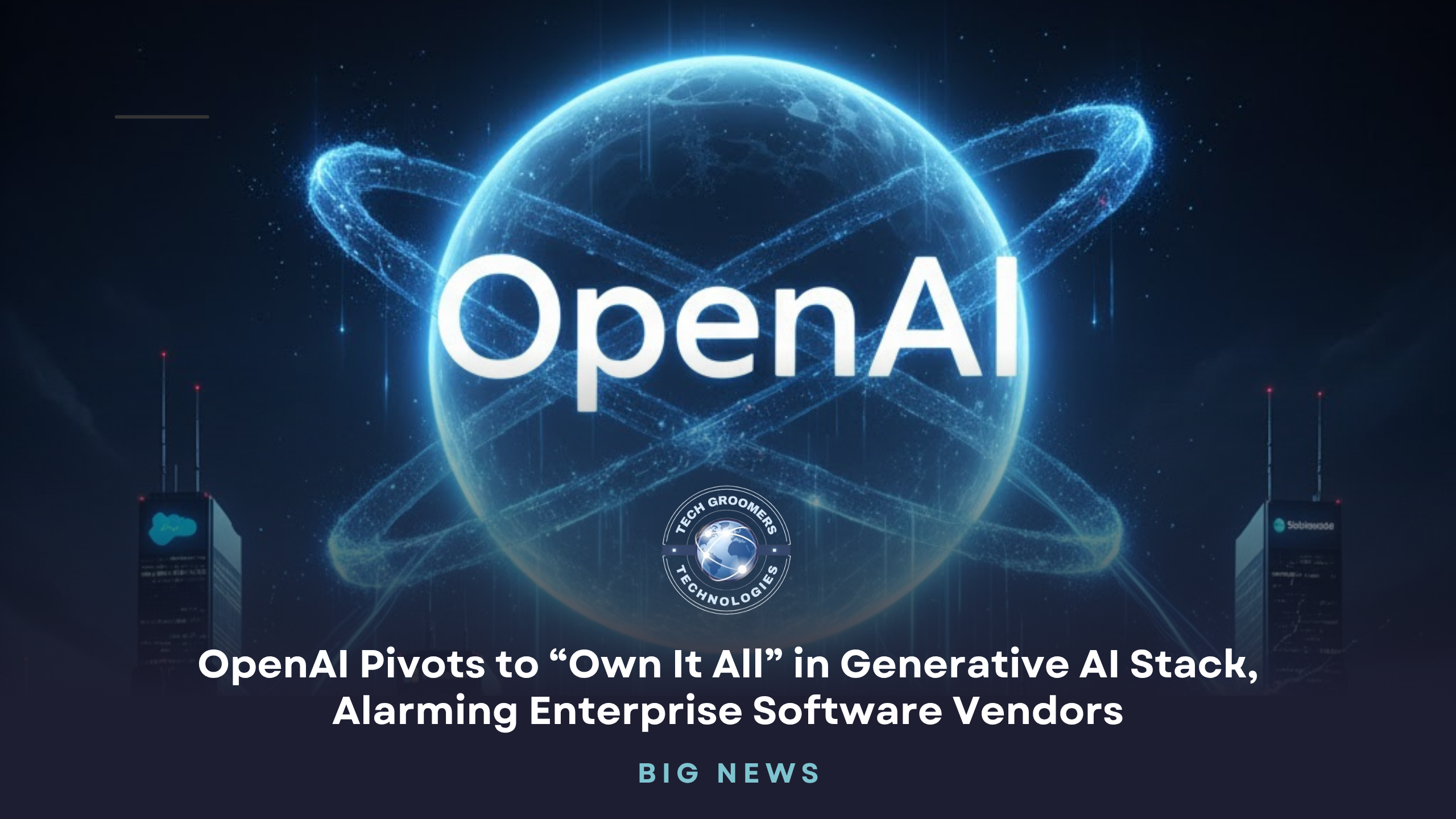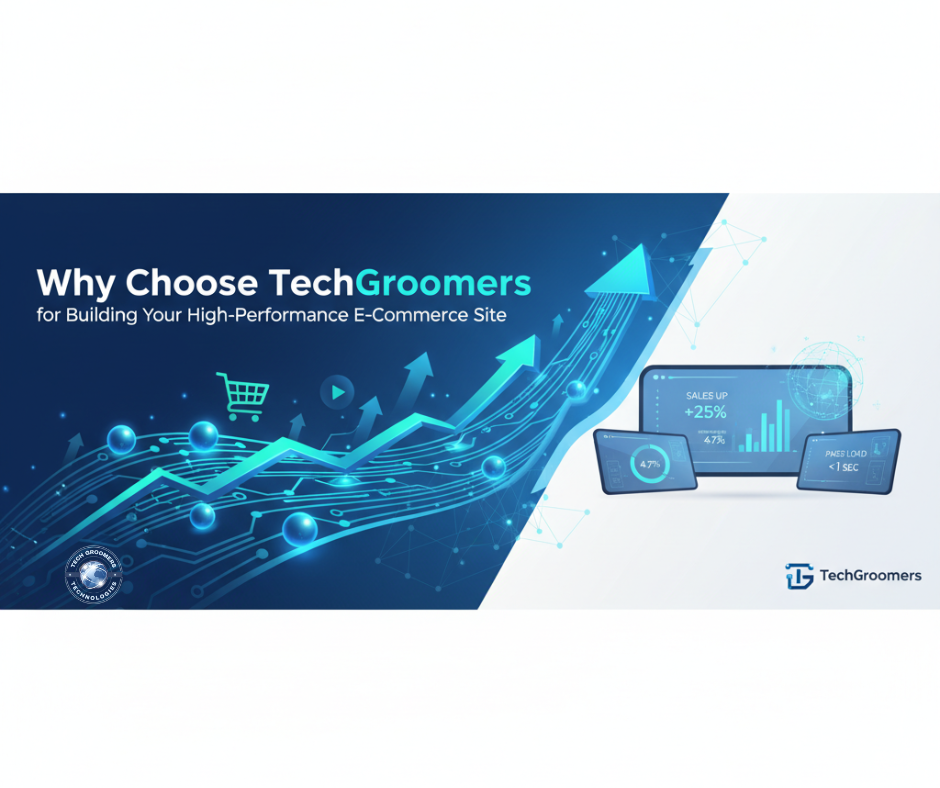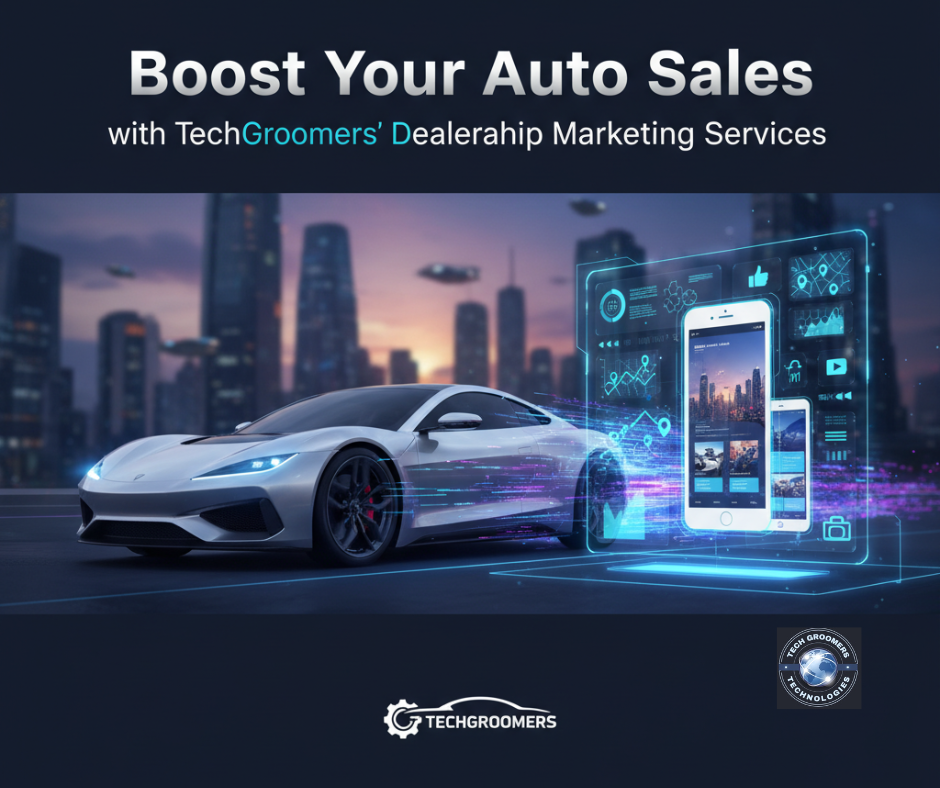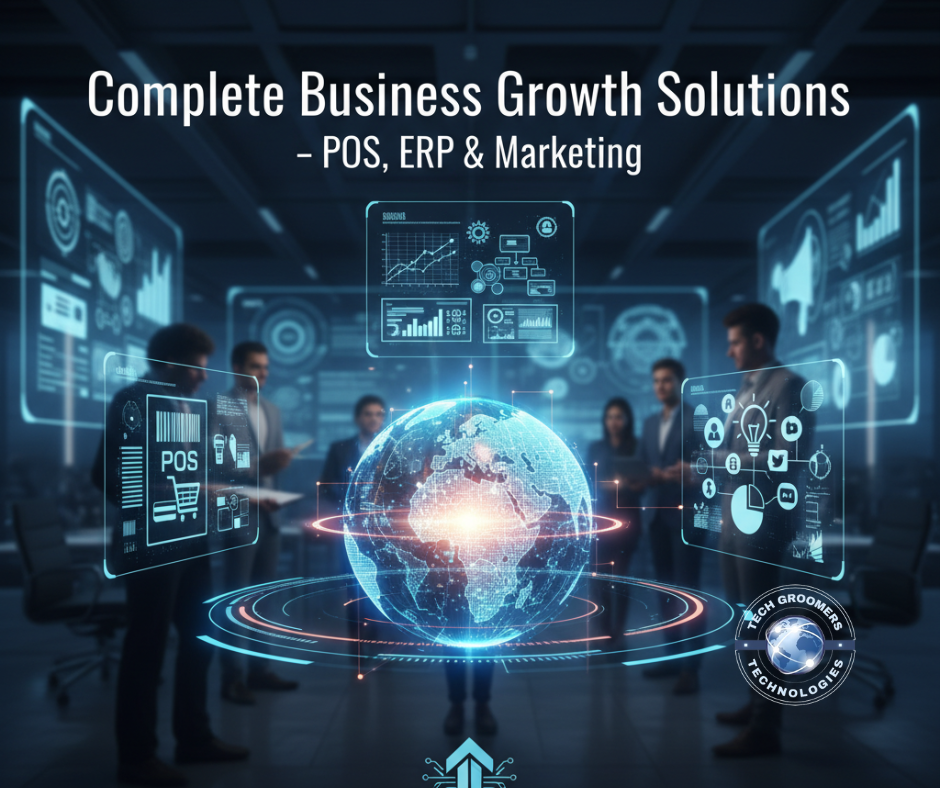San Francisco / Global — OpenAI, originally known for its flagship chatbot ChatGPT, is aggressively expanding from consumer-apps into the enterprise software stack — positioning itself as a major force across productivity, infrastructure, and workflow tools. This shift is raising concern among traditional enterprise-software firms. Investors+3reworked.co+3Yahoo+3
Strategic Moves & Developments
- OpenAI is adding connectors and integrations (for example with Gmail, Outlook, SharePoint and GitHub) and new enterprise-oriented functions in its “Team” and “Enterprise” offerings. reworked.co+1
- The company is aiming to become the productivity layer for businesses: not just providing models, but embedding itself into workflows, document creation, meeting capture, coding assistance and more. AInvest+1
- Analysts warn that this move puts OpenAI in direct competition with established software-as-a-service (SaaS) companies such as Salesforce, ServiceNow and Adobe Inc., as its tools could bypass or supplant traditional application layers. Investors+1
Implications for the Industry
- Threat to incumbents: A study by AlixPartners found that over 100 publicly-traded software firms are feeling squeezed by the rise of generative AI entering the enterprise stack. Business Insider
- Platform shift: Instead of just being “model providers,” OpenAI appears to be targeting full-stack integration — from infrastructure and developer tools to end-user applications. AInvest
- Partner-vs-competitor dynamics: While many enterprise software vendors currently partner with or build on OpenAI’s models, the company’s expanding ambitions are triggering anxieties about whether OpenAI will remain a collaborator or become a radical competitor. Runtime+1
Key Questions Going Forward
- Can OpenAI scale its enterprise offerings to match the reliability, governance, security and integration depth of incumbent enterprise software vendors? (Some industry watchers say it remains a question.) reworked.co
- How will enterprise buyers navigate the choice between “AI-native” platforms (like OpenAI) and traditional SaaS ecosystems that have long-standing integrations and relationships?
- What will the pricing, licensing and data-governance models look like when a model builder also becomes an application vendor and potentially platform owner?




Leave a Reply